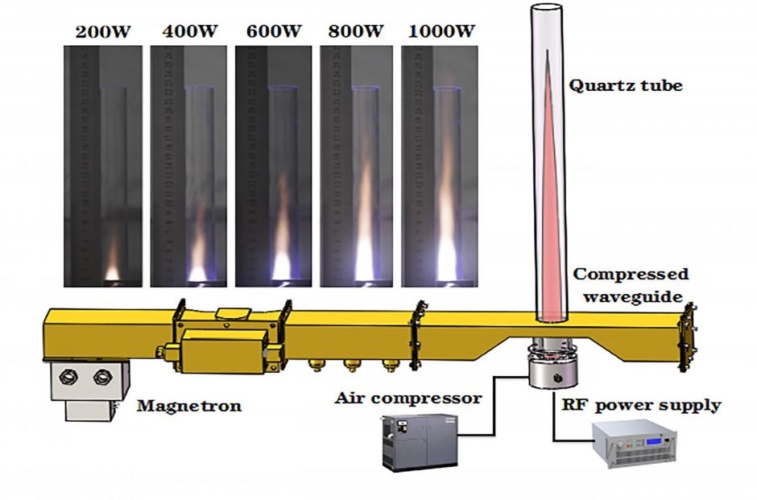
The team from the Institute of Technological Sciences at Wuhan University describe the engine in AIP Advances.
Waiting in the wings: How plasma could help revolutionise aircraft design
"The motivation of our work is to help solve the global warming problems owing to humans' use of fossil fuel combustion engines to power machinery, such as cars and airplanes," said author Jau Tang, a professor at Wuhan University. "There is no need for fossil fuel with our design, and therefore, there is no carbon emission to cause greenhouse effects and global warming."
The researchers are said to have created a plasma jet by compressing air and using a microwave to ionise the pressurised air stream.
This method is claimed to differ from previous attempts to create plasma jet thrusters in one key way: other plasma jet thrusters, like NASA's Dawn space probe, use xenon plasma, which they team said cannot overcome the friction in Earth's atmosphere, and are not powerful enough for use in air transportation. Instead, the authors' plasma jet thruster generates the high-temperature, high-pressure plasma in situ using only injected air and electricity.
The prototype plasma jet device can lift a 1kg steel ball over a 24mm diameter quartz tube, where the high-pressure air is converted into a plasma jet by passing through a microwave ionisation chamber. To scale, the corresponding thrusting pressure is comparable to a commercial airplane jet engine.
By building a large array of these thrusters with high-power microwave sources, the prototype design can be scaled up to a full-sized jet. The authors are working on improving the efficiency of the device toward this goal.
"Our results demonstrated that such a jet engine based on microwave air plasma can be a potentially viable alternative to the conventional fossil fuel jet engine," Tang said in a statement.





Nanogenerator consumes CO2 to generate electricity
Nice to see my my views being backed up by no less a figure than Sabine Hossenfelder https://youtu.be/QoJzs4fA4fo